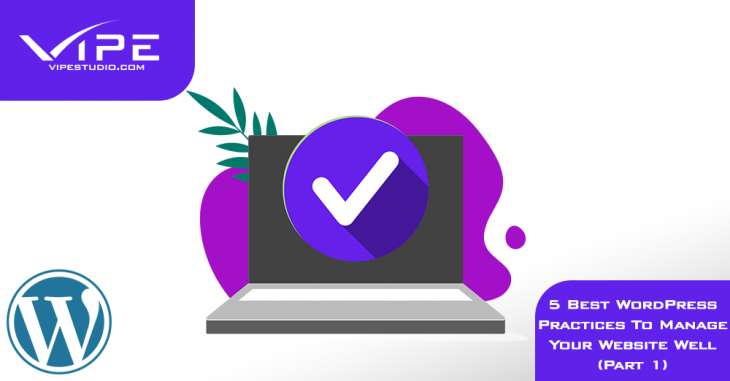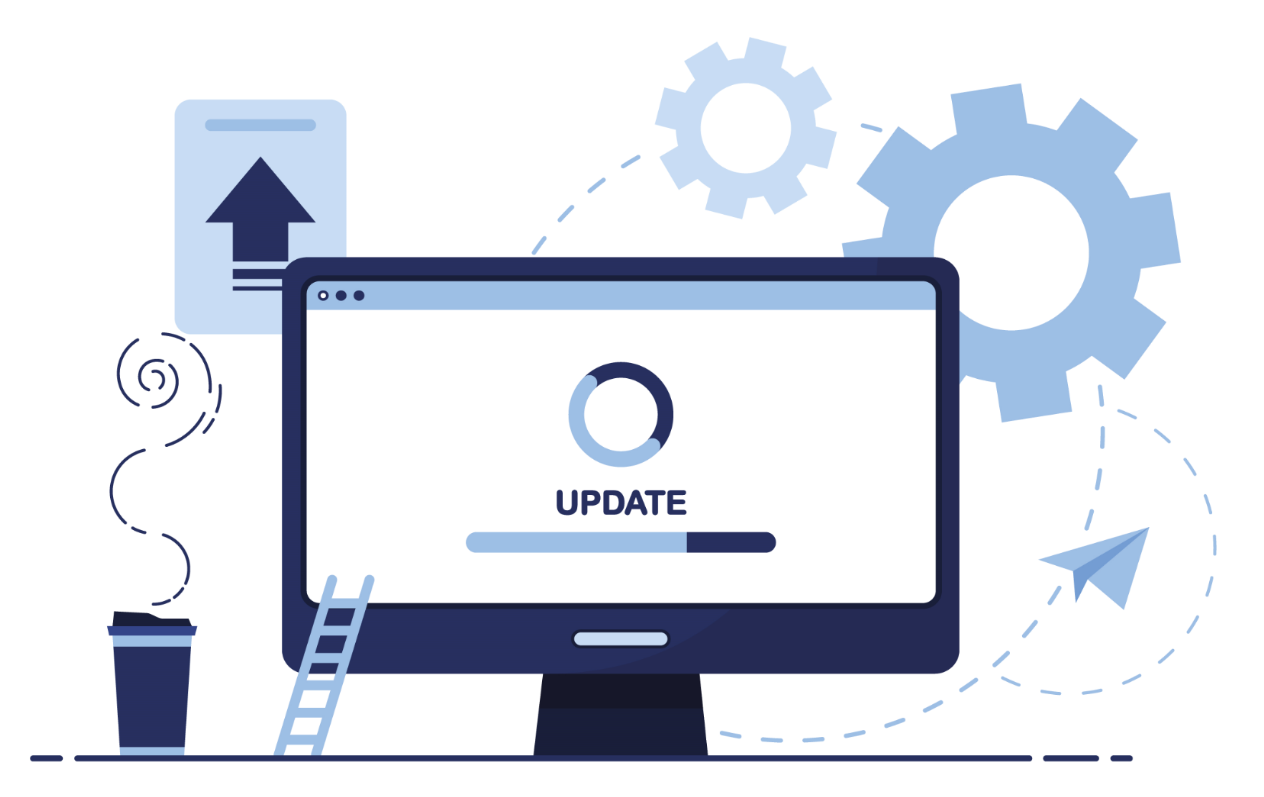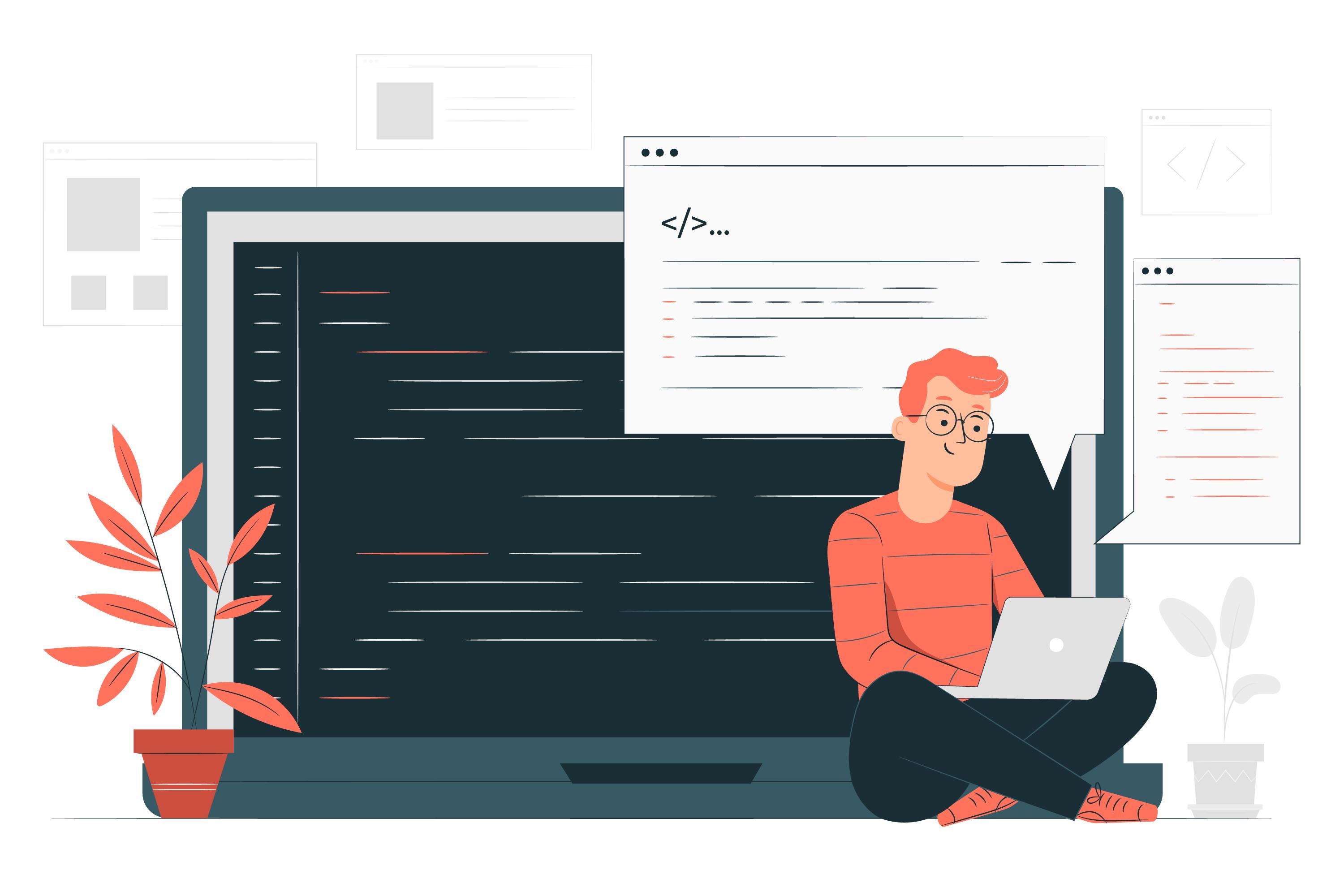5 Best WordPress Practices To Manage Your Website Well (Part 1)

READING TIME: MIN
WordPress powers a lot of the Internet, and being open-source, it has constantly evolved for the last 17 years to keep pace with the changing nature of the Web, adding features and improving robustness. This also means that it is a complex organism, and not knowing the best practices to use with WordPress can lead to all sorts of problems – sluggish website performance, lowered rankings in search, and even a loss of prospective customers or potential sales.
In Part 1 of this series, let’s help you upgrade your webmaster level with these 5 best practices
Update Your WordPress
As a WordPress user, all of WordPress’s new features, bug fixes, and security are available to you – provided you update to the latest version.

Some WordPress sites stay on older versions of WordPress; some do not ever update beyond the version the site was built on! This is an open invitation to cybercriminals, and makes their job easier to boot – and off they will go with your ideas or your clients’ private data (or both), leaving you with a vandalized and disgraced brand presence too if they feel like it.

The best way to get updates would be to first test them on your staging site (preferably on a test server), ensure there are no errors or incompatibilities, and only then update your production site.

Fewer Trusted Plugins
Especially because of WordPress’s prolific community and the extended family of third-party developers, plugin shopping can feel like WordPress Christmas so many different tools on the WordPress Plugins Directory that add all sorts of features, and many of them free!
This is precisely why you should not go all out and get every plugin you think you want – for much the same reason that it is never a good idea to load up your web browser with extensions, add-ons, and themes, for instance. While it is always advisable to use a plugin instead of developing your own solution, make sure to research your plugins and their authors and ensure they have no unnecessary features, hidden processes, or inefficient code that could slow your website down, or worse. A good way to do this is to use the WordPress Plugin directory, read the plugin reviews online, and go through the support forum.
Alternatively, you could get a premium plugin with better support, or even hire developers or a WordPress agency for the development of your plugins for a fully customized solution.

Regular Backups
A tiny mistake in your code, or oversight, or even hardware failure can cause your website to irretrievably crash or become vulnerable to cybercrime. Backups are the answer in this situation, and most WordPress hosting services have backup capabilities that will have your back in case of any unforeseen eventuality. As we never tire of telling you, the plugin route exists – find a highly-reviewed one on the Directory that fits your requirements, and you could use that instead.
Caching

Caching is a no-brainer of a choice to make your WordPress site loads faster, your search rank improves, and customers are happier – what’s not to like. Your hosting provider will most likely have a caching feature that you can use, or you can of course again use a plugin. A plugin may not play well with the hosting provider’s caching or with another plugin, so be sure to use only one of these methods. If it is a plugin, pick a good one, test it and understand its settings, then deploy it on your regular site.

Websites can have very specific loading bottlenecks, so if you’re serious about getting the best loading speed, contact a WordPress agency for development that can tailor the caching solution to you.
Moderate Comments
It is the bane of the WordPress site owner’s life that a lot of comments are random, ads, or just plain spam from marketers. This makes it imperative that we filter out the noise in comments without affecting the conversation. To do this, select ‘Settings’ in your Dashboard, and then ‘Discussion’, and pick the options that let you review and manually approve all comments. Make it a habit to do it every 2-3 days or if it’s a busy website, on a daily basis.
That concludes part 1, and we will meet you again in Part 2 of this series with 5 more best practices to keep your WordPress website running like the well-oiled machine it deserves to be. Until then, this is Vipe Studio, your favorite WordPress agency for development, signing off!


